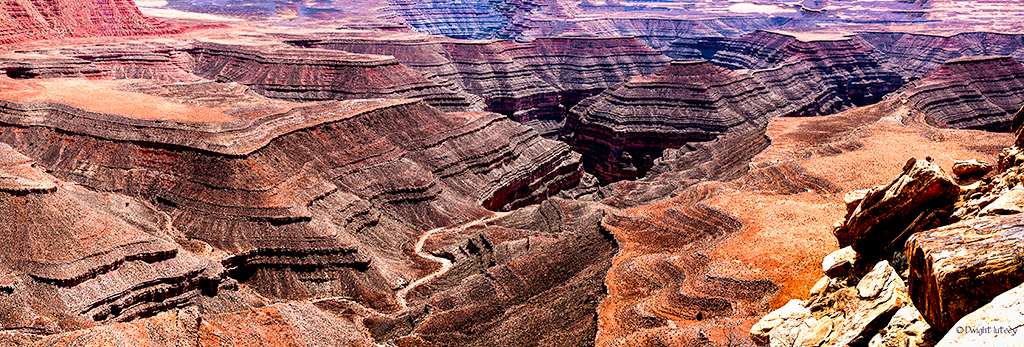 click to enlarge
click to enlarge
Lots of people come up to me and say “Hey! Mr. Photographer, how do I find color?” Well that’s an easy question to answer when you are a trained, professional, color-finding photographer such as I am. But of course there are tricks, just like in any profession demanding skill, intelligence and extraordinary luck, there are things that make Finding Color easier.
First clean your glasses if you wear any, if you don’t, then blink. This prepares your eyes for the act of seeing color. Next and this is important, come to America. That’s right. Many people think you have to go on cruises, or fly to exotic places in a plane, or even sneak over borders on foot with all your worldly possessions on your back, but you don’t have to take those extreme steps to find color. Simply come to America. If, by some incredible stroke of luck, you are already here, stay here. You’re where you need to be.
Many people are under the mistaken belief that color exists everywhere. Don’t you believe it. There are huge parts of the world where there is simply no color whatsoever. Czechoslovakia for instance, the Balkans, Russia, everywhere in Russia except for a small area around St. Petersburg, I know this to be absolutely true because every movie I have ever seen about those places had no color in them, none, the people were grey, there is just no color there. All of South America unless you like green, Antarctica unless you like white, The middle east unless you like tan, the jails in Tijuana unless you like drunk-tank pink, I could go on and on but I think you get the picture.
The next step is a little trickier. Come to the Southwest. The Southwest is a huge area that is sort of down in the bottom left corner of America, you can tell when you’re in the Southwest because when you look around you’ll see – Color, huge amounts of it. It completely covers all of the scenery available. In fact there is not one place in the entire Southwest that is not stuffed to the gills with color. If you’re color-phobic, and I don’t even know how that is possible, then you need to go back to Czechoslovakia. I’m sorry but that’s how it is.
To see the very maximum of color that your brain will let you process in one sitting you have to go to places like the photo above. It’s simple to get to, just drive up Moki-Dugway, turn left a little, go around those big rocks and you’re there. Muley Point. Simple. Walk over to the edge and look, color, every single one, as far as the eye can see. [Warning: Beginners, and those who have kept their eyes closed for long periods of time, people from any of the places mentioned above where there is no color should approach Muley point with caution. A companion that has seen color before should accompany them in case they become so overwhelmed that they fall and need to be lightly restrained. You may wish to practice a little before attempting to view Muley Point in person so find a photograph of a colorful spot, the one above is a good example and look at it for a few minutes each day until you no longer black out. Also see the free Forest Service handout for “Foreign Visitors Seeing Color For the First Time!” with the directions for, Stick your wallet in their mouth so they don’t bite their tongue off, p.2 at the bottom.]
Now I have shared every bit of wisdom I have in the art of finding color the rest is up to you. Come to America and look. I’ll be the one with the cool sunglasses and the big camera.
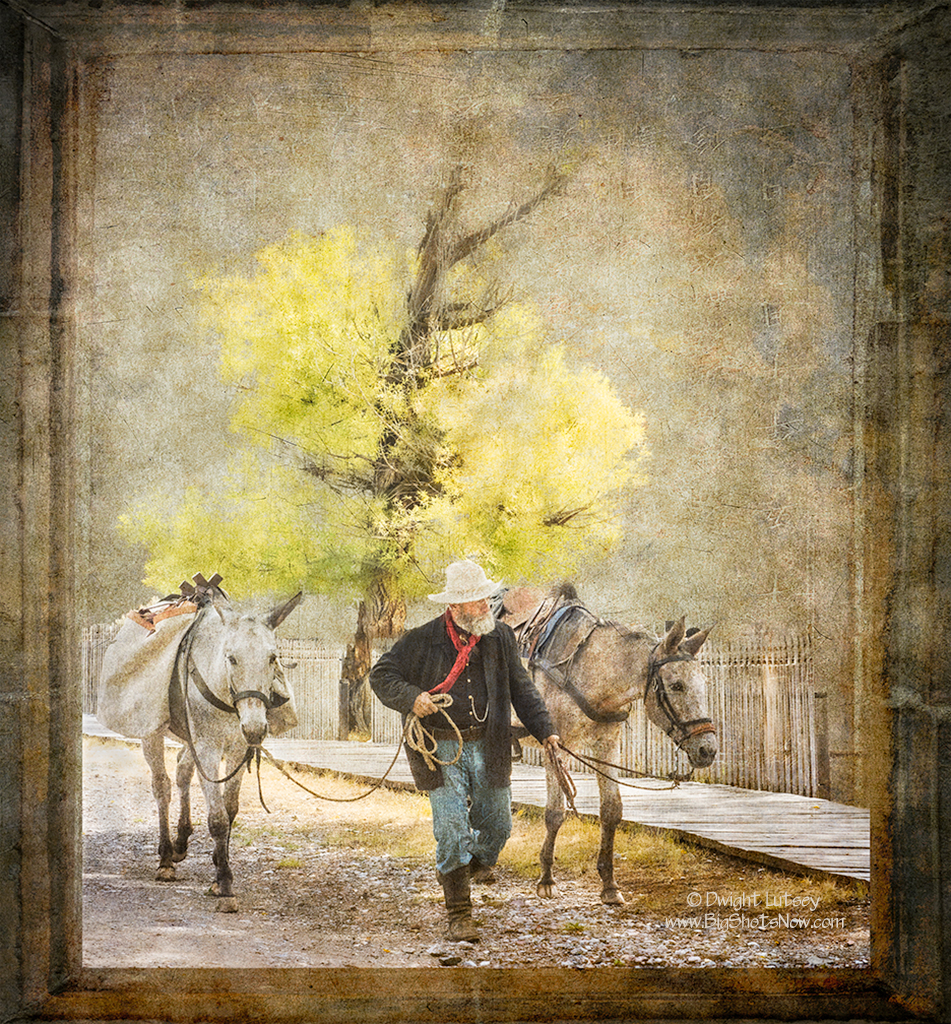




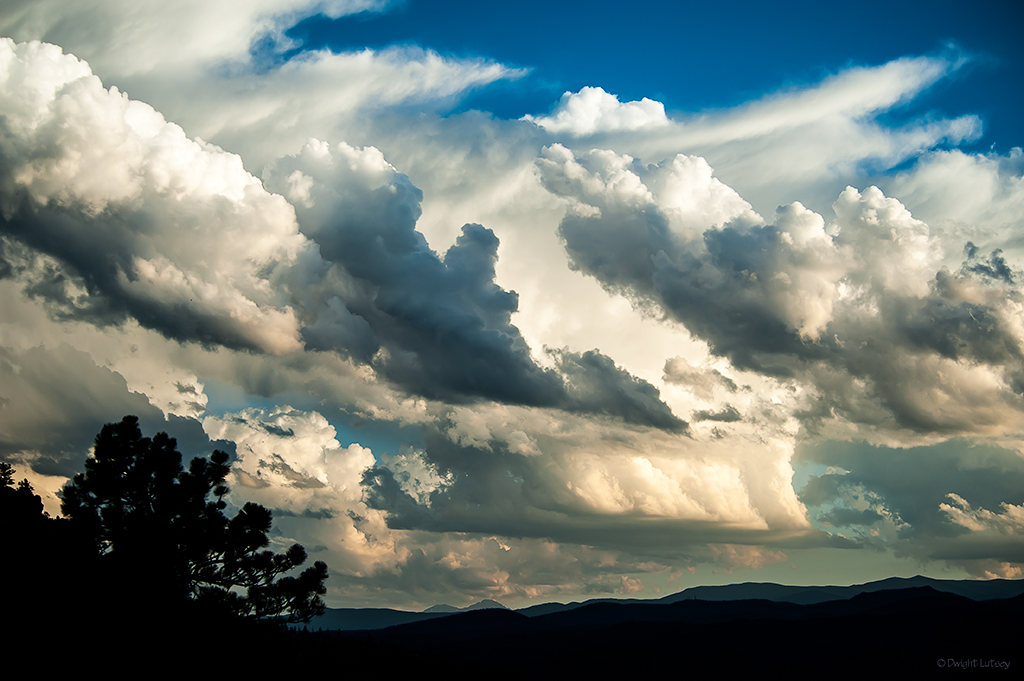

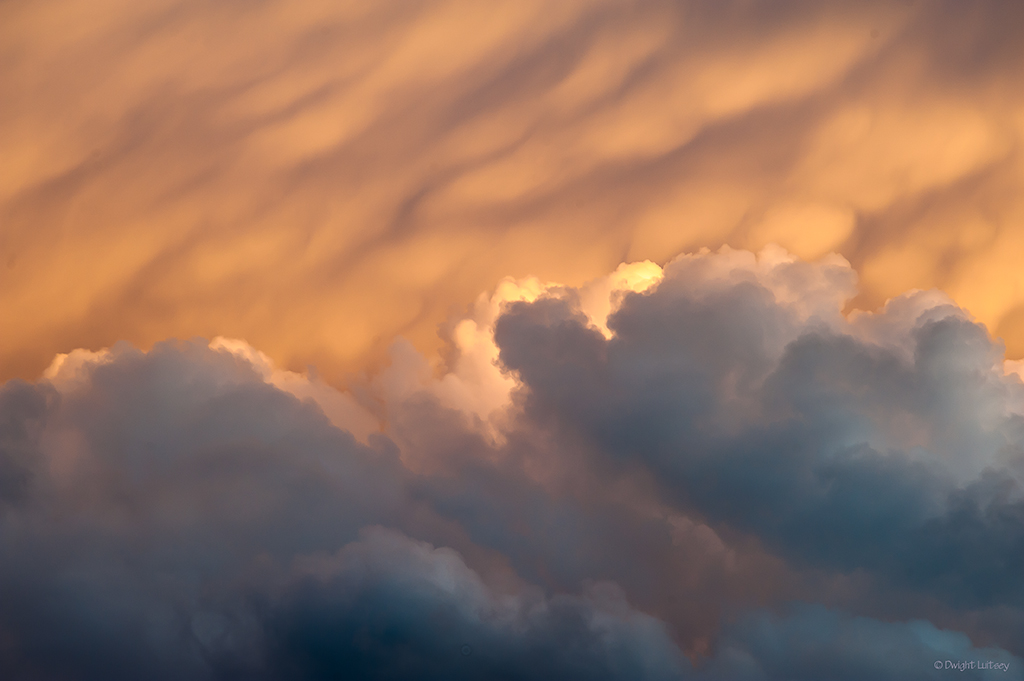
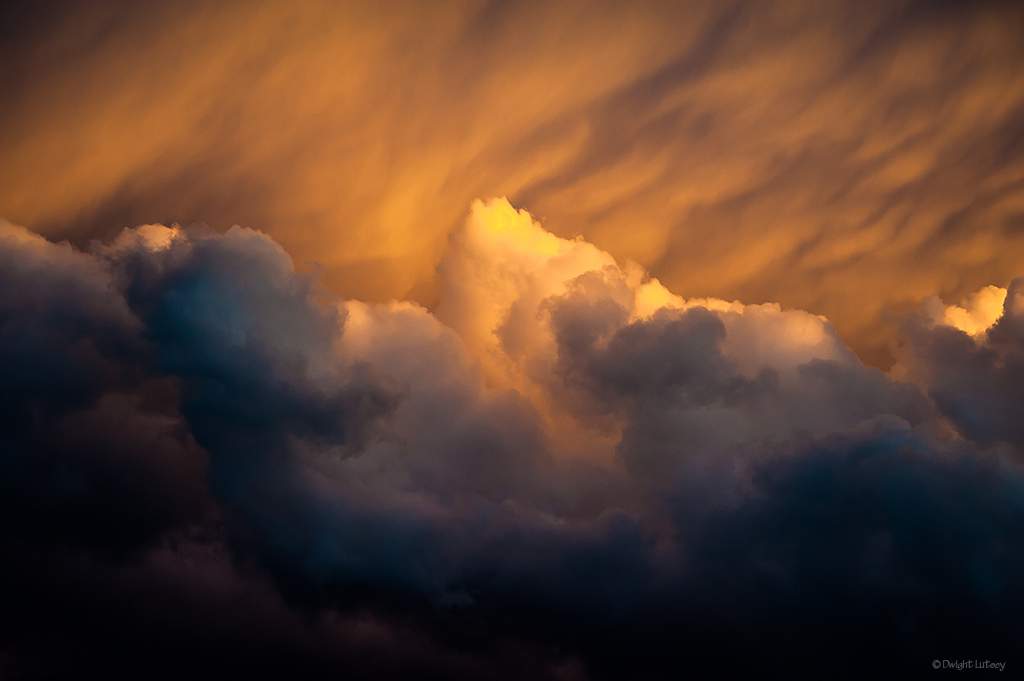
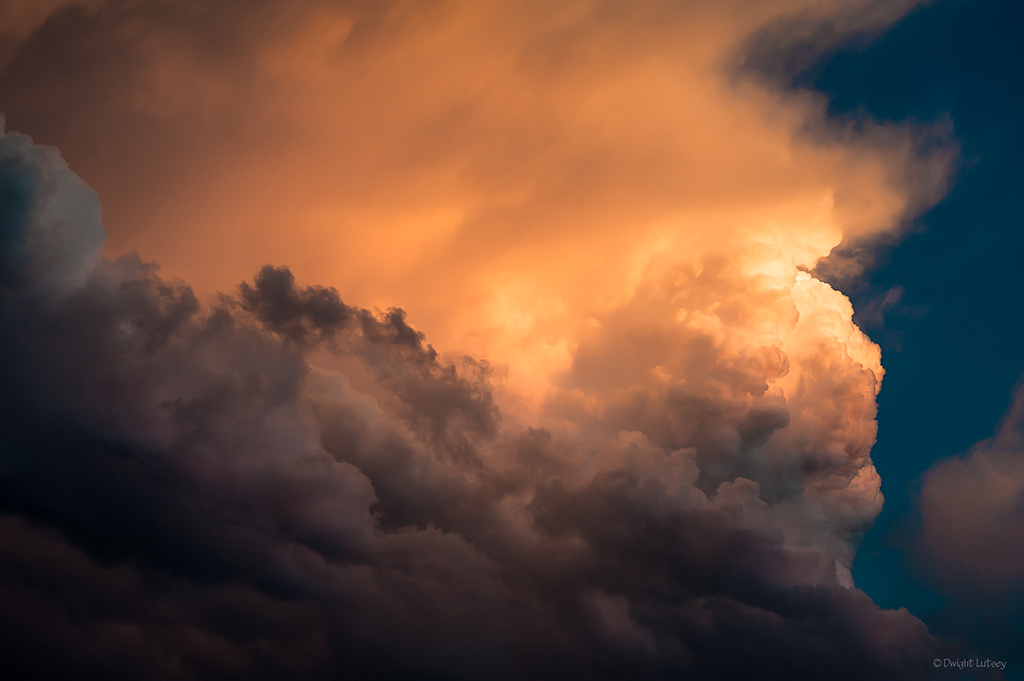
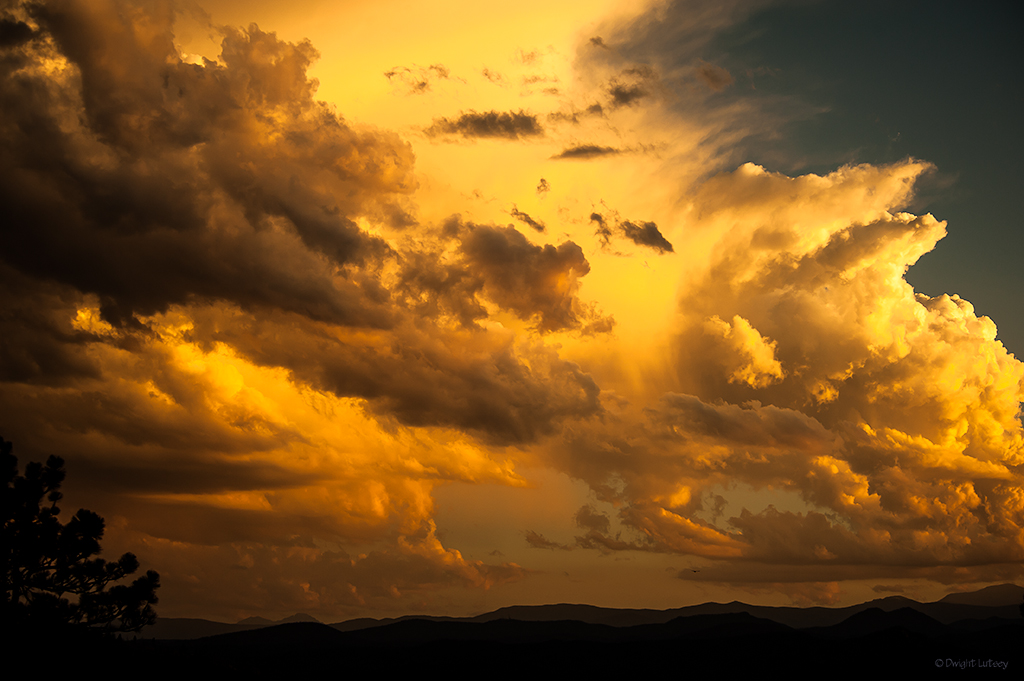
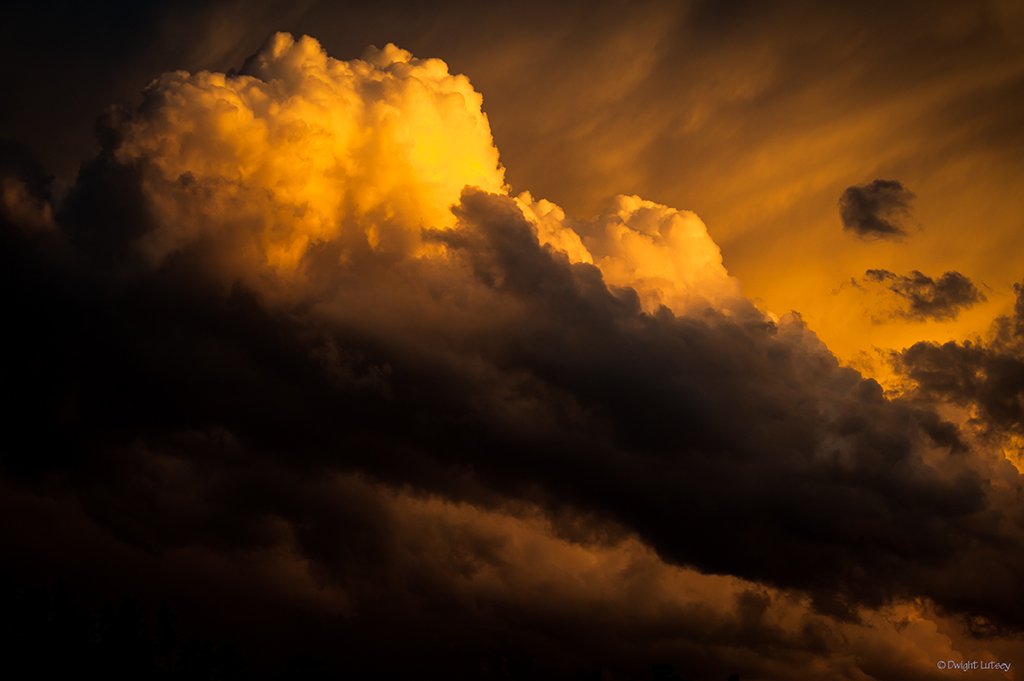

You must be logged in to post a comment.